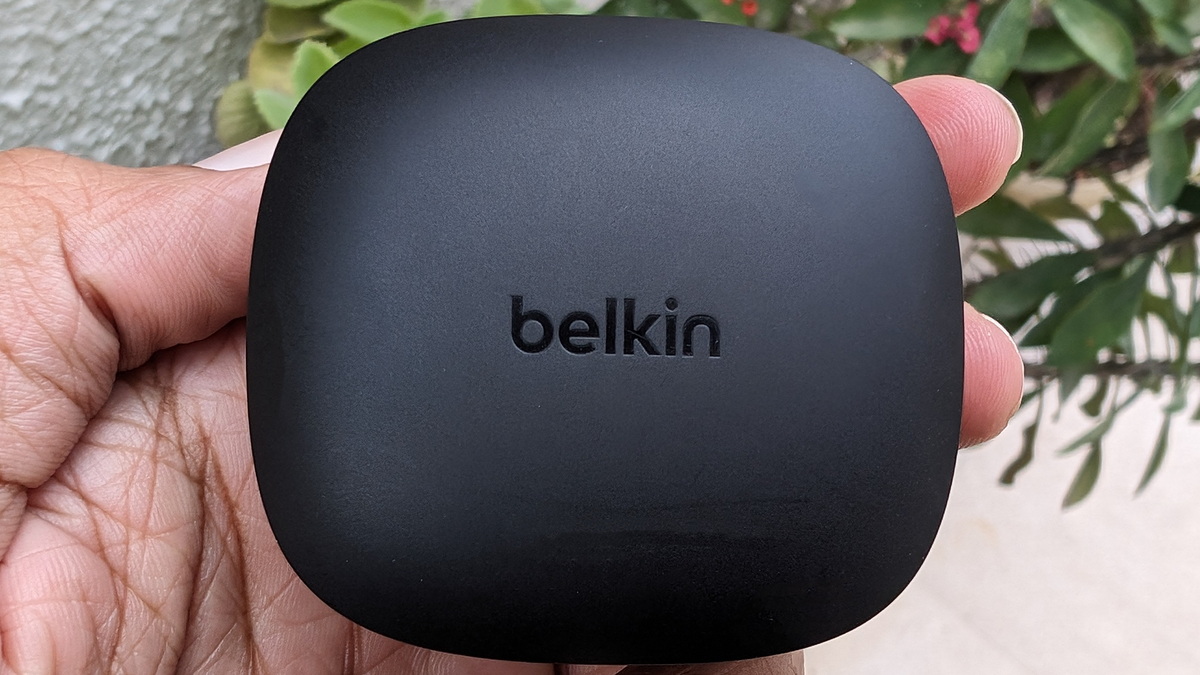

Fujifilm recently unveiled its latest compact digital camera, the Fujifilm X100VI, at its X Summit event in Tokyo, Japan.
The X100VI is the latest update in Fujifilm’s X100 series, sharing the same classic styling, hybrid EVF and predominantly stills-first approach as its predecessor, the X100V. However, this doesn’t mean you shouldn’t consider upgrading.
Here are four big updates that arrived alongside the Fujifilm X100VI this February.
The Fujifilm X100VI has improved subject detection
Where the Fujifilm X100V was powered by the X-Processor 4, the X100VI takes advantage of the latest X-Processor 5. The new image processor brings with it several perks, with a key benefit being AI-powered updates to the autofocus.
The X100VI can detect and track a more diverse range of subjects, including animals, birds, cars, motorcycles bicycles, airplanes, trains, insects, and drones. All of this is on top of an improved version of the face and eye AF found on the X100V.
Fujifilm X100VI
The Fujifilm X100VI can let in more light
Another key improvement arriving with this generation of the X100 Series is the X-Trans CMOS 5 HR. The image sensor – which could already be found in the Fujifilm X-H2 and X-T5 – includes a new pixel structure that allows it to let in more light than any of its predecessors.
The X100VI also has a lower base ISO. Where the X100V supported ISO 125 as an extended sensitivity, the X100VI now includes it as a native option.
The Fujifilm X100VI benefits from in-body image stabilisation
The Fujifilm X100VI is also the first X100 Series camera to take advantage of in-body image stabilisation, or IBIS.
The 5-axis IBIS in the X100VI is good for up to 6.0 stops, helping to reduce shake when shooting handheld and at slower shutter speeds when you don’t have a tripod on hand.
Two drawbacks to the addition of IBIS are that it makes the X100VI slightly heavier than the X100V and it does put some strain on the battery life, However, the new processor is about 20% more efficient than its predecessor, meaning the number of shots you can get from each session should be the same regardless of whether you pick up the X100V or the X100VI.
Fujifilm X100V
The Fujifilm X100VI supports a higher video resolution
Finally, the Fujifilm X100VI is better equipped for shooting video content thanks to its increased 6.2K/30p (cropped) or 4K/60p resolution.
To compare the two cameras, the X100V is capable of shooting 4K video at 30p, or 1080p at up to 60p.
On top of this, the X100VI supports F-Log, F-Log 2, and 4:2:2 10-bit video, while touch tracking is available for the first time on an X100 Series camera with this year’s update.






